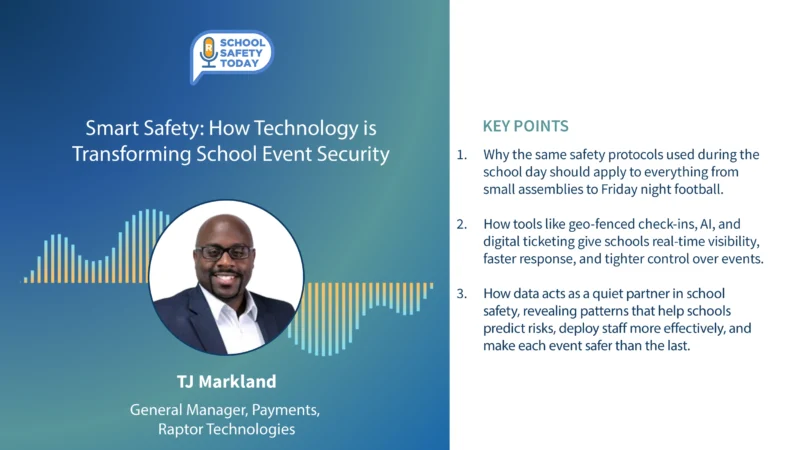Boxlight’s Virtual Simulation: Exploring Elementary Geometry
In today’s digital age, educational technology is transforming the way we approach learning, making it more interactive, engaging, and effective. One such innovative solution is Boxlight’s 3D virtual simulation kits, aiming to revolutionize elementary geometry lessons.
A Complementary Path for K-5 Geometry
Keeping in mind the K-5 geometry curriculum standards, Boxlight has an extensive range of resources. These resources majorly utilize 3D printable kits which are loved by students for their practical approach. However, the game-changer here is the ‘Composing Polygons’ kit, reimagined as a 3D virtual simulation.
The Versatility of ‘Composing Polygons’ kit
Boxlight’s Composing Polygons kit brings to life abstract geometry concepts, and it’s available in two engaging modes. ‘Adding Angles’ mode allows students to view angles as additive components, especially complementary and supplementary angles, in a fun, intuitive way. At the same time, ‘Build Polygons’ mode lets students experiment with shapes, construct their own polygons, and understand angles better.
Instead of using 3D printed manipulatives and straws, you can now create 2D shapes in a virtual environment that accurately mimics real-world physics. This brings an air of familiarity to the platform while allowing for a whole new range of possibilities.
Paving Way for a Practical Understanding of Geometry
One standout feature of this virtual kit is that it can also be used for exploring side-angle-side (SAS) concept in middle school. In a unique and hands-on manner, the ‘Build Polygons’ mode also helps students understand whether they have selected the correct value that will complete the triangle they are attempting to construct. If they are correct, the triangle completes, and if not, it’s visually evident in the 2D simulation that the value chosen is incorrect.
This practical, interactive approach aids the students in grasping the fundamental geometry concept easily, transforming abstract ideas into tangible understandings.
Conclusion
Thus, Boxlight’s virtual kit for Composing Polygons serves as a vibrant learning tool, advancing the students’ understanding of geometry in an immersive way. Hopefully, you find the exploration of this unique virtual kit as exciting as its inventors designed it to be!




